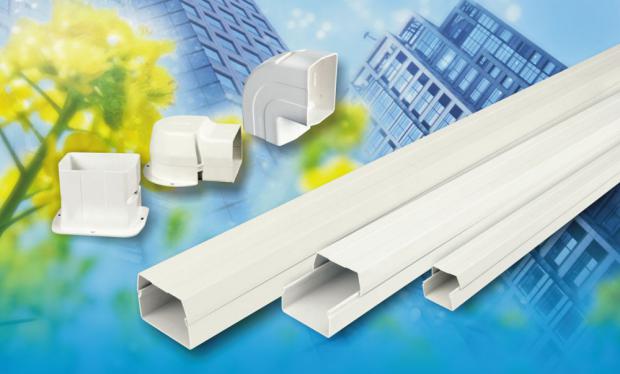
Breaking News
 FULL SPEECH: Tucker on the America First Movement & New "Deplatforming" Agenda
FULL SPEECH: Tucker on the America First Movement & New "Deplatforming" Agenda
 Red Light Therapy And Men's Health: Does It Really Work?
Red Light Therapy And Men's Health: Does It Really Work?
 Kash Patel's New FBI Clown Show - The Bizarre Interview He Will Regret For The Rest of His Life
Kash Patel's New FBI Clown Show - The Bizarre Interview He Will Regret For The Rest of His Life
 One Rifle I Trust for Everything
One Rifle I Trust for Everything
Top Tech News
 This tiny dev board is packed with features for ambitious makers
This tiny dev board is packed with features for ambitious makers
 Scientists Discover Gel to Regrow Tooth Enamel
Scientists Discover Gel to Regrow Tooth Enamel
 Vitamin C and Dandelion Root Killing Cancer Cells -- as Former CDC Director Calls for COVID-19...
Vitamin C and Dandelion Root Killing Cancer Cells -- as Former CDC Director Calls for COVID-19...
 Galactic Brain: US firm plans space-based data centers, power grid to challenge China
Galactic Brain: US firm plans space-based data centers, power grid to challenge China
 A microbial cleanup for glyphosate just earned a patent. Here's why that matters
A microbial cleanup for glyphosate just earned a patent. Here's why that matters
 Japan Breaks Internet Speed Record with 5 Million Times Faster Data Transfer
Japan Breaks Internet Speed Record with 5 Million Times Faster Data Transfer
 Advanced Propulsion Resources Part 1 of 2
Advanced Propulsion Resources Part 1 of 2
 PulsarFusion a forward-thinking UK aerospace company, is pushing the boundaries of space travel...
PulsarFusion a forward-thinking UK aerospace company, is pushing the boundaries of space travel...
 Dinky little laser box throws big-screen entertainment from inches away
Dinky little laser box throws big-screen entertainment from inches away
 'World's first' sodium-ion flashlight shines bright even at -40 ºF
'World's first' sodium-ion flashlight shines bright even at -40 ºF
How Deep Should An Electrical Conduit Be Buried

Electrical conduits are the lifelines of modern infrastructure, seamlessly transporting power through a labyrinth of hidden pathways. Ensuring these vital channels are safely tucked away beneath the surface is crucial for the well-being of both the electrical system and those who interact with it. With that in mind, we prepare this comprehensive guide for you to navigate the depths of electrical conduit installation. Now, let's begin our quest to master the art of burying electrical conduits!
Types of Electrical Conduits & Their Applications
Electrical conduits can be separated into two broader categories of metal and non-metal electrical conduits. There are different types in each category. The various types of metal electrical conduits include:
1. Rigid Metal Conduit
Rigid metal conduit is made with galvanized steel and threaded fittings. It's extremely strong but also highly expensive in labor and materials. It's possible for aluminum to be used in the creation of rigid metal conduits. However, the material usually needs an additional coating for more corrosion resistance.
2. Galvanized rigid steel
Galvanized rigid steel is used in outdoor and indoor applications. It's made with a durable steel, which allows it to have high UV stability and impact resistance. Because of its heavy weight, it's expensive and difficult to install.
3. Intermediate metal conduit
Intermediate metal conduit has a slightly lower weight than rigid metal conduit but is solely used in outdoor spaces. It's relatively affordable and can be coated. While this type of underground electrical conduit accommodates more wire fill than the alternatives, it's more likely to be damaged.



